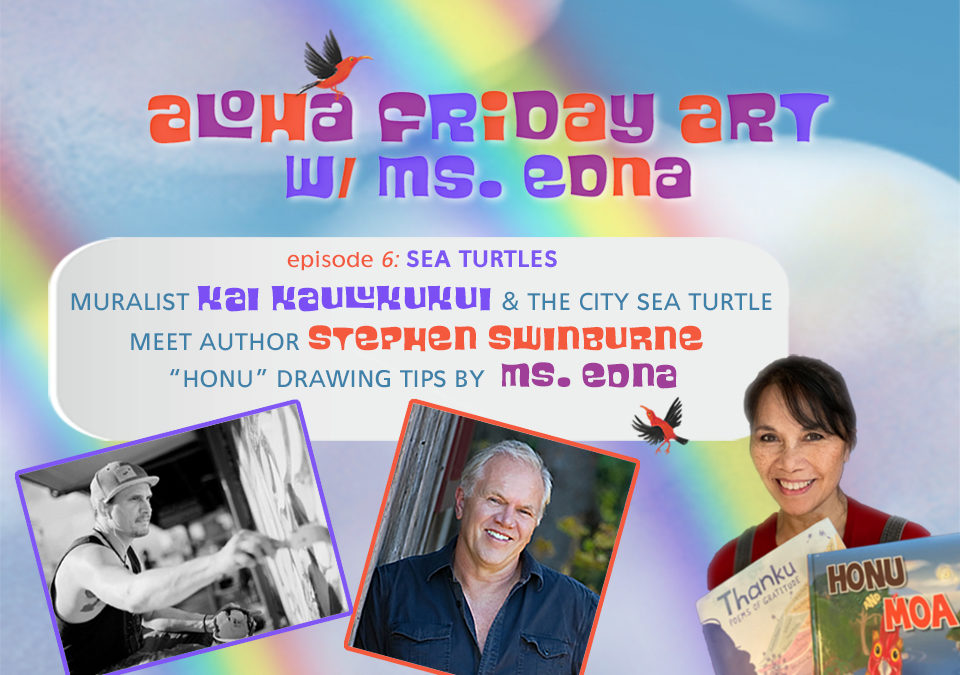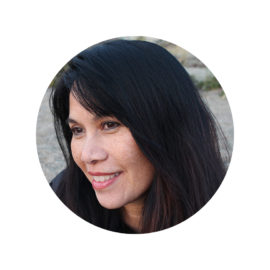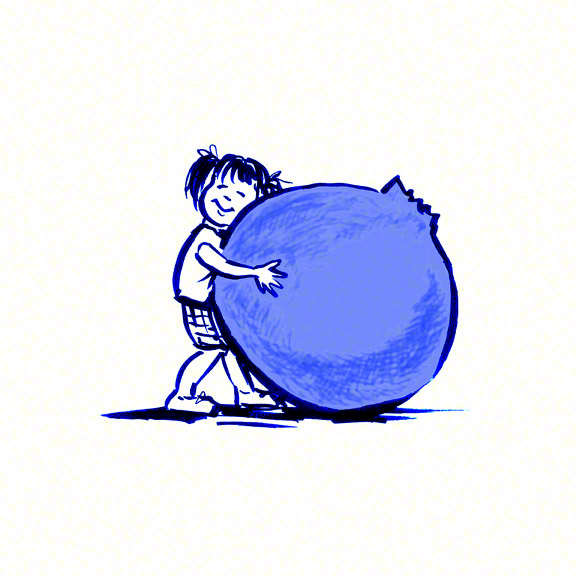It’s a celebration of SEA TURTLES at Aloha Friday Art, episode 6 leading up to “World Sea Turtle Day” on June 16. The Aloha Friday Art series is created by Edna Cabcabin Moran (AKA Ms. Edna, teaching artist in the schools). Aloha Friday Art runs every other week–the next episode, no. 7 comes out on Friday, June 19.
Above photo: Kai Kaulukukui (a Hawaiian muralist who brought a Sea Turtle into the City of Honolulu), Stephen Swinburne (author of SEA TURTLE SCIENTIST & more wonderful books for kids) & Edna Cabcabin Moran (with the most recent books she’s written & contributed to).
Inside Episode 6 (click on title to see article):
• Muralist KAI KAULUKUKUI & the City Sea Turtle
• Author, STEVE SWINBURNE On Writing & Sea Turtles
• Stay Tuned for Tips on Drawing Honu by Ms. Edna
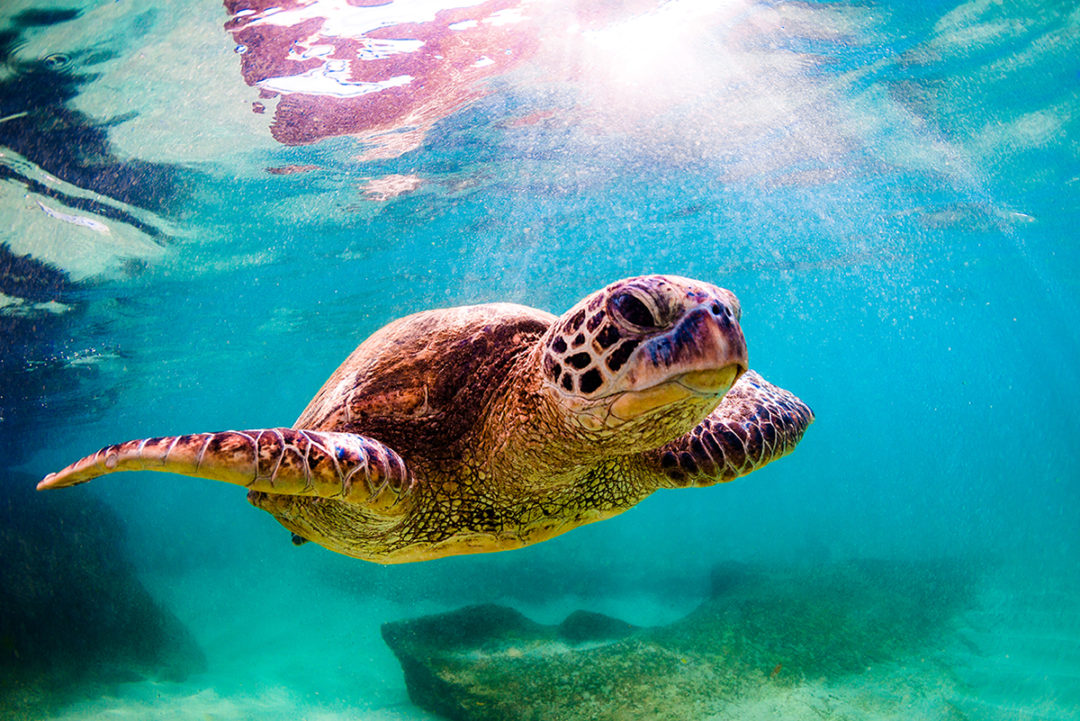
WORLD SEA TURTLE DAY is Tuesday June 16, 2020 (and everyday really!)
This day wraps up a fabulous celebration of Sea Turtle Week that began with World Ocean Day on June 8. Learn about the global effort to conserve and protect sea turtles and oceans every day of the year.
Get to Know Sea Turtles

SEA TURTLES are reptiles that live in temperate, tropical and subtropical oceans of the planet. Weighing from 100 to 2,000 pounds, sea turtles grow anywhere from 2 to 6 feet long and live 70 to 80 years. They are known by the following names: Flatback, Kemp’s Ridley, Olive Ridley, Green, Leatherback, Loggerhead, Hawksbill.
Six of the seven species of the sea turtles live in the United States and are considered endangered.
An excerpt from a Thoughtco article:
Of the seven sea turtle species, six (all but the flatback) exist in the United States, and all are endangered. Threats to sea turtles include coastal development (which leads to loss of nesting habitat or making previous nesting areas unsuitable), harvesting turtles for eggs or meat, bycatch in fishing gear, entanglement in or ingestion of marine debris, boat traffic, and climate change.
Conservation Status and Threats
According to the International Union for Conservation of Nature (IUCN), out of the seven species of sea turtles, two are classed as Critically Endangered (hawksbill, Kemp’s ridley); one as Endangered (green); three are vulnerable (loggerhead, olive ridley, and leatherback), and one is Data Deficient, meaning they need additional study to determine the current status (flatback).
Muralist, KAI KAULUKUKUI, on the Kaka’ako Sea Turtle & more
THIS INTERVIEW with Kai Kaulukukui was sparked by Ms. Edna (teaching artist and creator of the Aloha Friday Art blog series) reaching out to ask him about his Hilo Honu mural in the Kaka’ako district of Honolulu and he generously agreed. Kaka’ako was once a working-class neighborhood full of industrial outlets and mom and pop shops. Now, it is filled with high-rise luxury condos, restaurants and businesses. Kaulukukui’s mural in Kaka’ako is part of the international mural art festival, POW! WOW! 2020.

ECM: Why did you become a nature-themed muralist?
KK: I have never thought of my self as a nature-themed muralist, I categorize myself as a painter. I was taught in art school that we as artists must find a voice and style in our work and continue to push that idea through a career. I have been told multiple times growing up that I have a deep rooted problem with authority, and that was prevalent in me the day I learned about painting a singular subject exclusively. I decided right then and there that I would never be the artist who has one image that he recreates repeatedly, and since that day I have painted anything and everything that comes to mind.
That being said, I volunteer with a ocean conservation group called Pangeaseed, and have participated in projects with them around the globe. Since 2014 I have been deeply immersed in different oceanic cultures and new information that has influenced my thinking and in turn my artwork. My mural work has followed suit and began appearing extremely nature themed, often ocean inspired and particular to a specific blight we are encountering.
Mural painting is a special kind of art, it is different from the world of “fine art” and very different from graffiti.
Video clip of Kai Kaulukukui painting in some details on the MOKU O KEAWE mural in Hilo, HI.
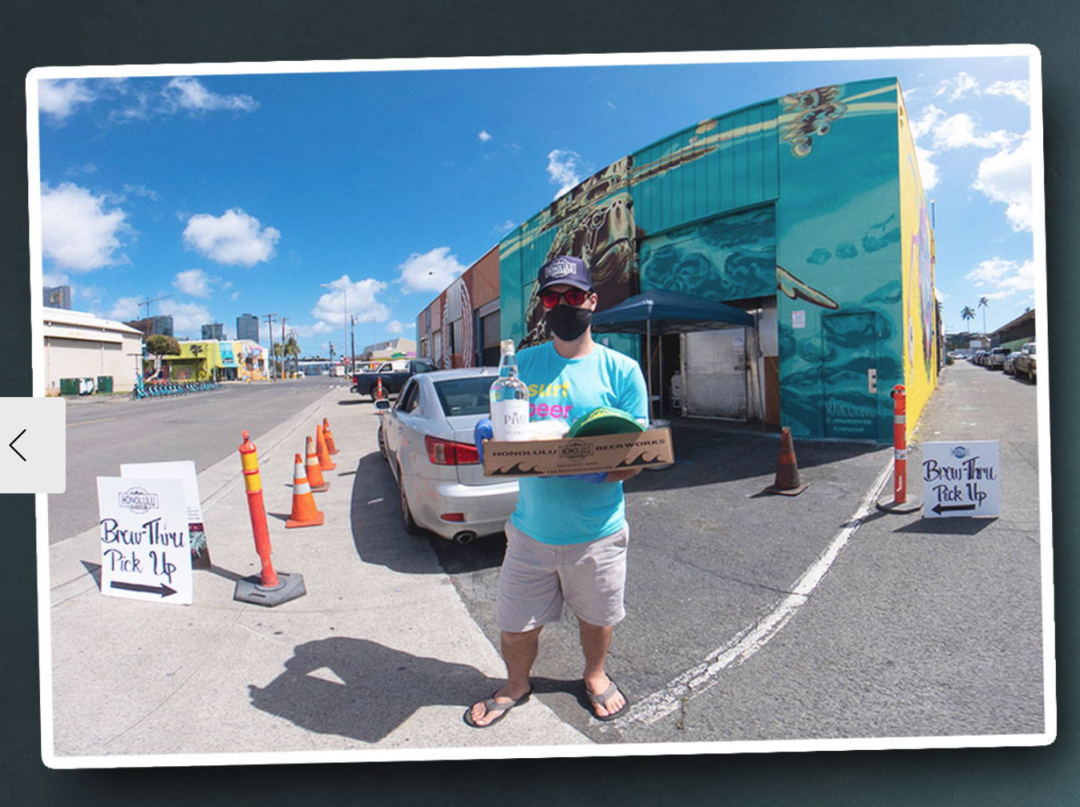
ECM: What are the challenges and joys of being a muralist?
KK: Mural painting is a special kind of art, it is different from the world of “fine art” and very different from graffiti. Although I still have Aunties who call my work tagging… I understand they have no idea what the difference is and I try to educate them. To me the magic of mural work is accessibility, once a piece is up in a public space, it is there for everyone to view and interact with.
Unfortunately, galleries and museums are the two main places to observe art, and they can be difficult for an average person to view. These places require the viewer to seek out art, which is always a curated display, and can often be hidden behind a paywall which makes it non-essential to most.
When a mural is speaking to you on the street, you can take it in or not. You as the viewer hold the power to “read” the piece, and to take meaning from the art as you want. And that meaning should be different to each person, everyone has different life experiences and will see art accordingly. The true power of art is to speak to people, to convey a message, and through murals you can speak directly to the general public, from keiki all the way up to kupuna.
The great challenge of painting a mural is the mental and physical anguish. It is hard work, and can be exhausting. Scaling up, is often cited as the most difficult part of painting murals by my friends and contemporaries, but I find that challenge particularly fun. I love to paint, and see working on a wall as a massive canvas and approach it in the same manner as if I were in the studio, with the exception of materials. I use lots of sketch lines and embrace mistakes as part of the work.

HIGH TIDES / LOW TIDES
Wailuku, HI
Sea Walls international mural festival curated by PangeaSeed Foundation. ©Tre’ Packard | PangeaSeed Foundation 2020
ECM: What’s the story behind your recent painting of the Honu (Green Sea Turtle)?
KK: The mural I created for Pow!Wow! Hawaii! 2020 is titled “Hilo Honu.” Every year I am blessed to able to participate in the world renowned mural festival in Kaka’ako, and every other year I rotate a personal piece and a community “pretty” piece. My personal pieces speak from my soul and will often be confusing to the general observer, but in the hopes they will spark thought I continue to create them. This years mural is of a Honu coming to the surface to eat seaweed. The message of this particular piece is one of aloha and peaceful energy, nothing represents that to me more than life being itself in the form of a Honu feeding.
As a kanaka who was raised in the ocean I have an affinity to all of the creatures I have observed. I have spent hours watching Honu in the water, and feel like I already have a lifetime of experiences that influence my work. This particular mural was painted on a business who took a creative role in the project and worked with me to decide on a final direction of the piece. We decided to go with the Honu design, I believe purely for aesthetic reasons. Sometimes it’s about painting beautiful work, for the sake of having beautiful work to look at.
This year’s mural is of a Honu coming to the surface to eat seaweed. The message of this particular piece is one of aloha and peaceful energy, nothing represents that to me more than life being itself in the form of a Honu feeding.
INTERVIEW with Kai Kaulukukui continued here
ECM: What are some of the most rewarding aspects of painting the green sea turtle?
KK: I have painted many sea turtles, and continue to paint them. I absolutely love painting this animal and feel like I will always try to represent them through different stages of my work. From a technical standpoint, I really enjoy making the mixes of color that are in their shells, as well as the texture of their skin. Both of these aspects of painting them are difficult, and I believe trying to do difficult things in your work grows your skill level and provides an overwhelming sense of accomplishment when achieved. Also, people absolutely love honu, so the most rewarding aspect of painting a honu is watching the face of a patron who is viewing their new piece for the first time!
ECM: What advice do you have for young artists interested in mural painting?
KK: My advice to any young artists who are interested in mural painting would be to paint, paint, paint. Mural painting is merely painting on the wall, so you need to have a strong foundation in painting to make the move to murals. I would also suggest, to every mural painter whether they are just getting started or if they’ve been doing it for twenty years, do at least a six month apprenticeship with a house painter.
Mural painting utilizes the tools of the house painter, if you take your studio tools to a wall you are already stacking the odds against you. If you can learn how to properly use painting equipment, methods of masking, proper up-keep of your tools and the difference in paints you will have a huge head start over those who have no idea what they’re doing. And in general to all young artists I suggest looking at art and reading about other artists, both masters and your contemporaries, look at and copy their work, learn from their mistakes and use them to better yourself and your art.
Author, Steve Swinburne, On Writing and Sea Turtles
ABOUT THIS VIDEO: Award-winning author, Steve Swinburne, talks story about being a writer and shares why he writes about some of his favorite animals–sea turtles. Steve also offers tips on writing plus a bonus little ditty on the ‘ukulele!
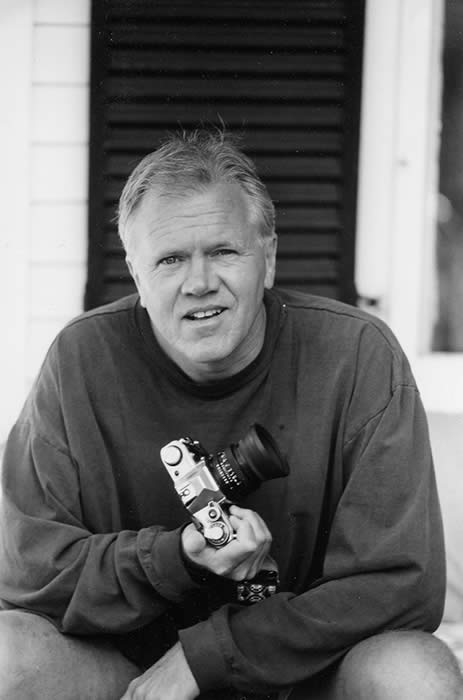
Steve Swinburne has worked as a national park ranger and written more than 30 children’s books. He’s traveled as far as Africa, Borneo, and Bangladesh and trekked through Yellowstone, all of which have influenced his book projects. Steve visits nearly a hundred schools a year in the USA and around the world. He lives with his wife, Heather, in Vermont.
MORE ABOUT Steve Swinburne at https://steveswinburne.com and at the following places…
• Singing a song he wrote called “One in a Thousand” and playing it on ‘ukulele on YouTube.
• Sharing a treasure trove of sea turtle info on this dedicated page.
• Reading his newest book, RUN SEA TURTLE RUN, on YouTube:
A NOTE FROM MS. EDNA: I first met Steve Swinburne in 2014, at the flagship Picture Book Boot Camp put on by the one and only Jane Yolen and her incredible daughter, author Heidi Stemple— a masterclass for published authors of picture books. Steve is as friendly and dynamic in person as he is on video. Any school that brings him in for a classroom or assembly presentation on skype or zoom, or in person when shelter-in-place lifts, is in for a huge treat! 😀
Coming Soon Tips on Drawing Honu by Ms. Edna
STAY TUNED FOR A MINI-ART LESSON on video. With Honu, the green sea turtle, as my subject or main character, I will share a few tips and techniques for rendering in pencil on the page. See you soon!
~Ms. Edna

From ALOHA ART FRIDAY creator, Edna Cabcabin Moran (AKA Ms. Edna): This free series grew out of a compilation of art projects, references and materials and an interest in sharing new perspectives and approaches by creative makers of all kinds. The majority of content in this series is either created and/or sourced from public domain or stock art by me except for feature writings, artwork or other media by other creators who have given their express permission for use in ALOHA FRIDAY ART. If you have any questions pertaining to any content in this series, please send me an email query at info (at) kidlitedna (dot) com. Thank you! ALOHA FRIDAY ART ©2020 Edna Cabcabin Moran. All Rights Reserved.

